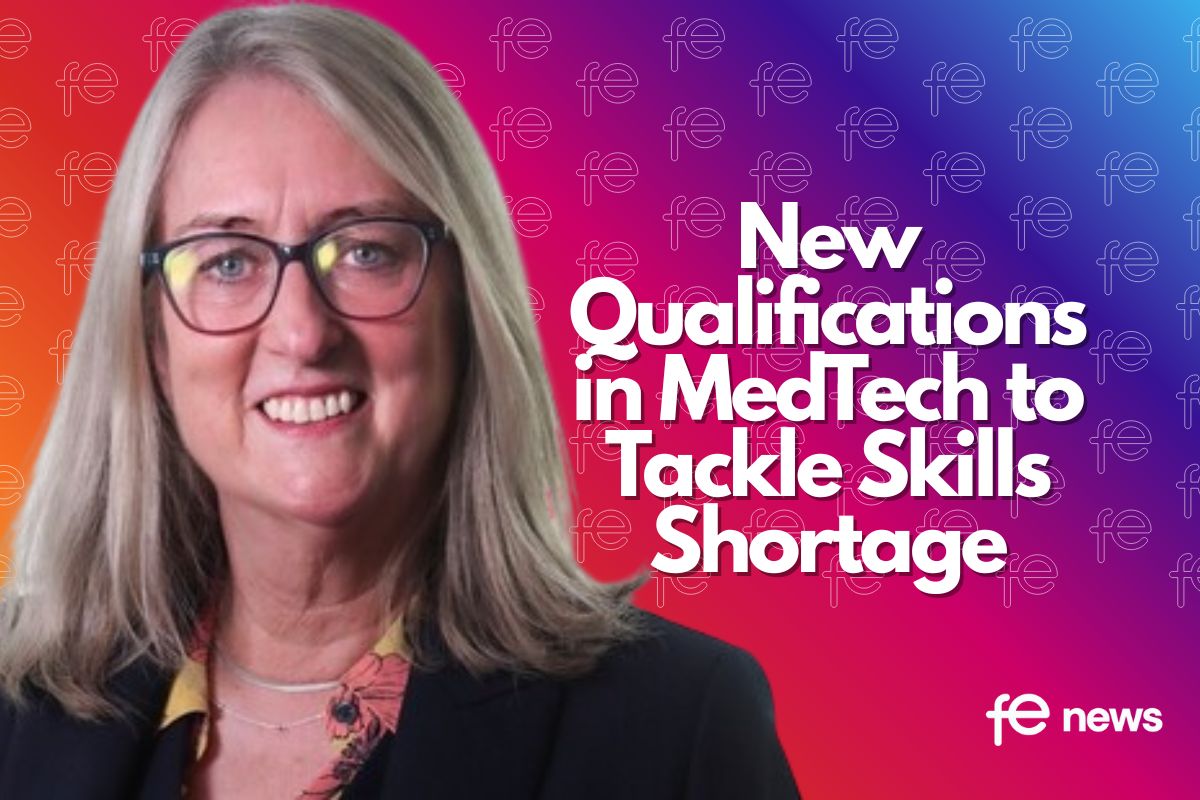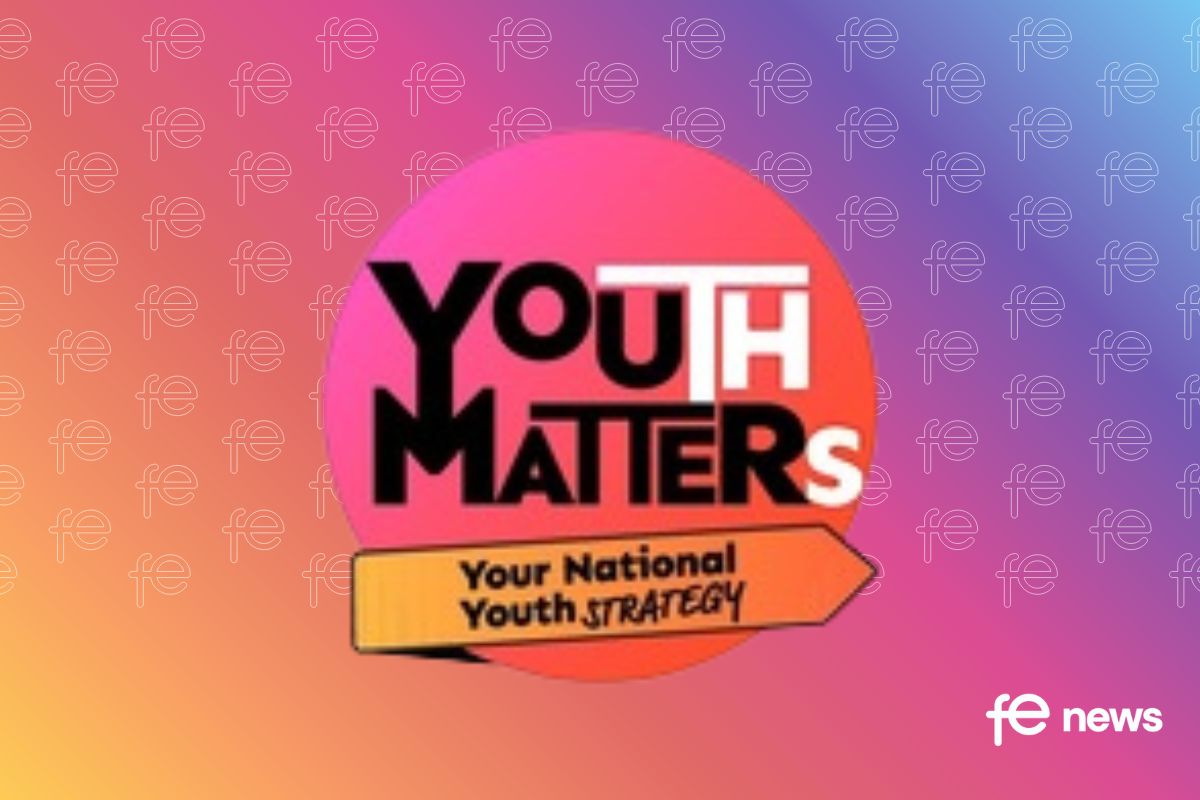The Interview – Under the bonnet of end-point assessment

Over the last few weeks, we’ve published a series of articles looking at different assessment methods specified in the new assessment plans, and started to unpick what they look like in practice in the context of high-stakes end-point assessment.
(If you’ve missed our earlier posts, here’s our introduction on how end-point assessment is shaping up, and insights into the professional discussion, presentation/showcase, practical assessments and multiple choice tests. The Institute for Apprenticeships is also starting to release early guidance on assessment methods too.)
Welcome to Article #5. This week, let’s tackle the Interview…
The basics
The interview is the most common method of assessment used in the new assessment plans – it’s featured in over half (58%) of them.
For most trainers / assessors in our sector, it will be a familiar method of assessment, but in the new world of high-stakes end-point assessment, it will often need to be prepared for and approached a little differently.
An interview is normally a structured dialogue between the apprentice, the end-point assessor and in some cases a small panel (e.g. peers, supervisors or invited members).
In an end-point assessment context, interviews are usually structured although in some case semi-structured or un-structured may be used, typically at higher levels.
The interview differs from a professional discussion – questions are more focused and for the apprentice, it will be in a slightly higher pressure situation.
Interviews are undertaken away from the work context. The session is led by the end-point assessor. Questions are structured, requiring the apprentice to provide extended responses, which may be recorded via video, audio or in writing by the assessor.
The interview allows you to assess knowledge (breadth and depth) and measures the development of behaviours. Since the questions are broadly the same for all apprentices, the interview allows comparison across apprentices and assessors.
The interview can be a ‘ceremonial’ end of apprenticeship assessment, perhaps as a significant part of the synoptic assessment process to confirm a competence judgment, or to agree whether an apprentice is deemed competent or not. In some cases, the interview may also form part of a registration process with a professional body. Sources of evidence could be projects, portfolios and work products.
Advantages of this assessment method
Interviews are considered to be reliable and are valued by employers – in some ways, it is not unlike an interview process for employer recruitment.
It provides the end-point assessor with a good opportunity to assess specific knowledge and competence, but also gives the apprentice an opportunity to provide higher-level responses.
Where the interview (and panel) are well-planned and well-prepared, it can be simple to administer and record.
It can generate evidence that can be compared across a peer group and where recorded effectively, is ideal for independent assessment and remote sampling of achievement.
Risks of this assessment method
Although interviews are a reliable method of assessment, they are assessor dependent. Interviews can have limited outcomes and has the potential to be biased or inadvertently steered by the assessor (for example, responses can be assessor-led).
With this form of assessment, apprentices are likely to be anxious. This is compounded by the fact that the apprentice has no prior relationship (and very little contact) with the end-point assessor before the assessment.
End-point assessors will need to help calm the apprentice’s nerves, and be able to conduct the interview in a way that is fair and consistent for all apprentice’s they assess for that standard (whether the apprentice is confident or nervous).
Grading can also be difficult to achieve objectively, but this can be mitigated where robust performance thresholds are developed, and where there are effective recording and moderating processes.
This is particularly important now that apprenticeship assessment is high-stakes – here an apprentice or employer challenges their pass/fail grade, qualitative assessment formats such as interviews can often be the first area of scrutiny.
What it means in practice…
- Interviews can be an excellent vehicle to assess knowledge and inform/confirm judgements, particularly as part of a synoptic assessment process. Look to set up a balanced panel or independent/external assessors that will give you a range of judgements – evidence shows that the reliability and validity of the assessment is increased where a range of judgements are taken into account
- End-point assessors will need to carefully consider, with their EPAO, how they conduct each interview consistently and fairly. For example, how many ‘bites of the cherry’ will you give the apprentice to answer questions adequately? What prompts will you use to draw out higher-level answers to allow apprentices to demonstrate higher-level grade responses?
- It is important that interviews are well-planned and well-prepared. The range of responses needs to be anticipated and you will need to develop a grading matrix, or weighting, alongside the interview scheme to help you record and make reliable judgments
Chris Cherry, Senior Associate, Strategic Development Network (SDN)
Article #1 The Professional Discussion
Article #2 Presentation/Showcase
Article #3 Practical Assessments
Article #4 The Multiple Choice Test
Places are now also available on our Level 3 Award in Undertaking End-Point Assessment. SDN are also producing a set of recorded presentations covering the main end-point assessment methods and critical areas of practice. They will be available at the beginning of March. Find out about our courses here
(More updates and practice can be accessed on our new End-Point Assessment LinkedIn Group and through our mailing list – feel free to join!)











Responses